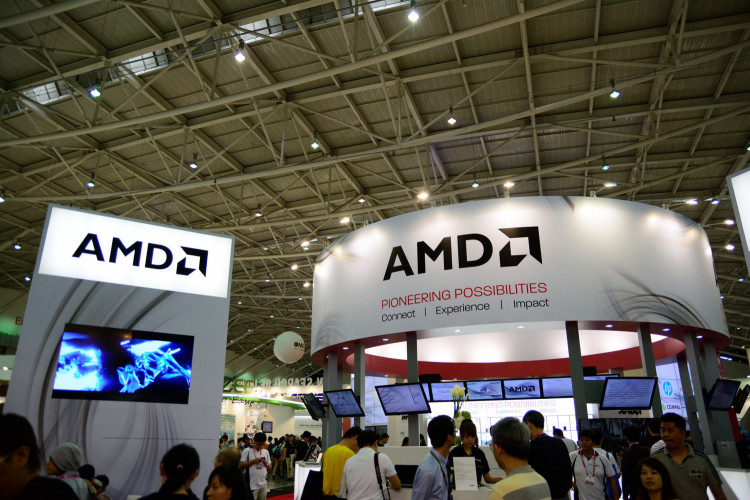Advanced Micro Devices (AMD) saw its stock tumble nearly 8% in premarket trading after releasing third-quarter earnings for fiscal 2024 that, while in line with expectations, were overshadowed by a slightly lower-than-anticipated outlook for the fourth quarter. The company reported strong growth in revenue and profits for the third quarter, but Wall Street's concern over slowing artificial intelligence (AI) growth and softer guidance for the final quarter of the year has raised some red flags for investors.
In its Q3 report, AMD posted adjusted earnings per share (EPS) of $0.92, matching analysts' expectations, on revenue of $6.82 billion, which exceeded the anticipated $6.71 billion. This marked an 18% increase in revenue from the same period a year earlier, with growth largely driven by AMD's data center and client segments. CEO Lisa Su emphasized the company's continued strength, saying, "We see significant growth opportunities across our data center, client, and embedded businesses driven by the insatiable demand for more compute."
However, the company's outlook for Q4, with projected revenue of between $7.2 billion and $7.8 billion, came in slightly below Wall Street's expectation of $7.54 billion. This, coupled with concerns about a slowdown in AI-related revenue, caused the stock to slide after hours. Despite the disappointment, AMD did raise its forecast for AI chip sales, expecting more than $5 billion in revenue for fiscal 2024, up from its earlier outlook of over $4.5 billion in July. This optimism reflects the company's strategy to challenge industry leader Nvidia in the AI chip market.
For the third quarter, AMD's data center segment remained its most vital growth driver, generating $3.55 billion in revenue, a 122% increase year-over-year. This surge was bolstered by strong sales of the company's Instinct MI300 GPUs and EPYC CPUs, which are critical in supporting AI and cloud computing infrastructures. The company's client segment, which includes CPUs for desktops and laptops, also outperformed expectations, bringing in $1.88 billion in revenue, up 29% from the previous year.
Yet, the significant decline in AMD's gaming segment cast a shadow over the overall performance. Gaming revenue plummeted by 69% year-over-year to $462 million, down from $1.5 billion in the same period in 2023. This sharp decrease was largely due to reduced demand for AMD's Radeon graphics cards and custom chips used in gaming consoles, reflecting the industry's post-pandemic cooling. The peak demand for gaming hardware during the pandemic has since waned, as consumers are no longer making the large-scale purchases of gaming devices they were during lockdown periods.
Despite the strong performance in its key segments, AMD's lower-than-expected Q4 guidance and the challenges faced by its gaming division have raised concerns. Investors had high expectations for the company, given its strong stock performance over the past year. Shares of AMD have risen by 72% over the last 12 months, outperforming both the S&P 500, which gained 42%, and Intel, AMD's rival, whose stock is down by 35%. AMD's main competitor in the AI space, Nvidia, continues to dominate the market and has seen its stock skyrocket by 246% over the same period.
In addition to the financial results, AMD's Q3 report included insights into the company's cash flow and balance sheet. AMD generated $628 million in cash from operations during the quarter, a 49% increase from the same period last year. However, the company's cash, cash equivalents, and short-term investments fell to $4.54 billion, down from $5.34 billion in the previous quarter. This decline was largely driven by a $548 million outflow related to its acquisition of Silo AI, Europe's largest private AI lab, which closed in August.
Looking ahead, AMD's Q4 guidance projects 10% sequential revenue growth, supported by an expected increase in demand for its data center products and ongoing investments in AI capabilities. The company also forecasted a gross margin of 54%, in line with its Q3 performance. While the slight miss in Q4 revenue projections may have disappointed investors, the company's continued growth and focus on AI-driven innovation signal strong long-term prospects.






